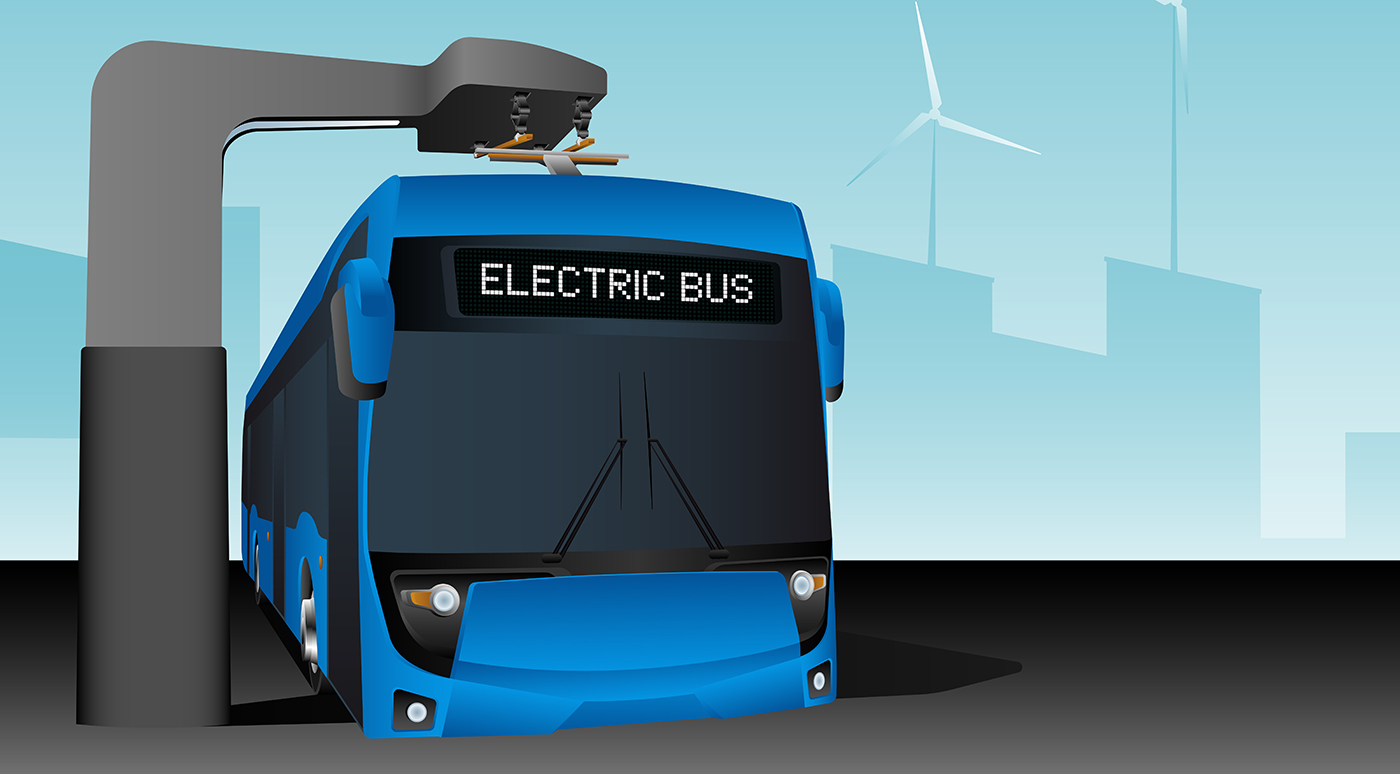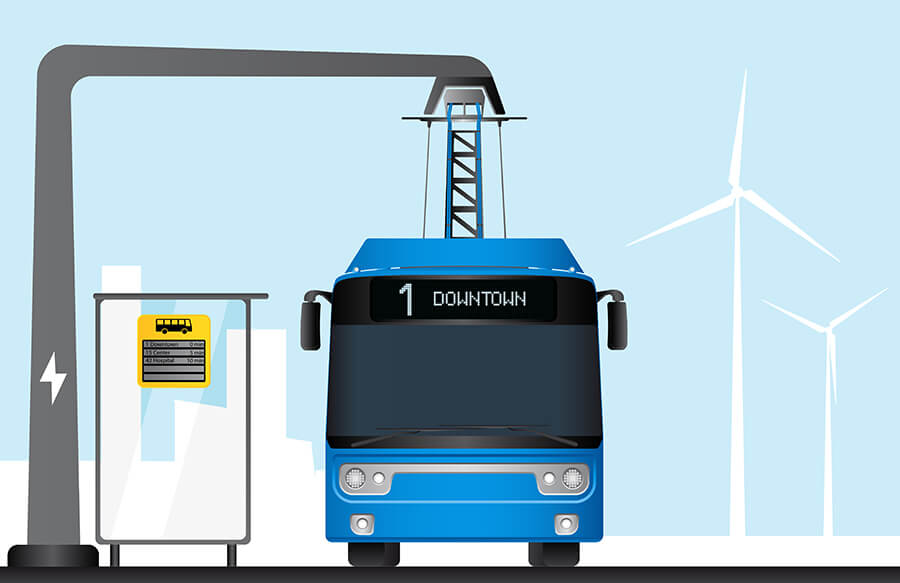
23 Sep Sustainable public transport for buses 100% electrics
Posted at 14:40h
in Noticias
Public transport is facing serious challenges in the coming years, evidently related to environmental aspects, which are already the present for any metropolitan transport operator.
One of the pilot projects that developed a real case about a 100 % electric bus, was the project ZeEUS (Zero Emissions Urban Bus System). Which has been implemented in some cities from southern Europe. That project defines the main features for implementing the operation of a 100 % electric bus:
- The first factor to consider is the increase in cost of the 100 % electric bus acquisition comparing with an ICE bus, which at the same time, must consider the charging infrastructure, and the previous study of its implementation to the specific line.
- The second factor to consider, is the O&M (Operation and Maintenance). It is indispensable to know the local context, because, in most of the cases, service operations technicians in the automotive industry do not have the training, nor the technical preparation, nor the experience and the skills to work with high voltage electrical systems in a safe way. And those are necessary, since the eBuses must receive said O&M locally, where the transport operator performs the activities.
- Regarding the third of the aspects, it is required for the transport operators and the bus provider, to carry out a review of the contractual conditions in reference to guarantee, especially, regarding the battery, but also considering bus line charging systems, being in many cases a different manufacturer than electric buses. This entails training for the technicians who operate said assets.
- Concerning the fourth point, the need to have a standardized charging infrastructure system for electric buses (in relation to hardware, software and communications), both for charging opportunities, carried out at the same stops that buses make for the entry and exit of users (generally carried out by systems with pantographs), such as recharging in the garage, the called overnight charging (carried out either by cable or pantograph), as well as for the associated communication systems for the control of said charging processes (CANBus, etc.). This standard has already been implemented in the EV, with the IEC 61851 standard, which is formed by two main loading platforms, the European and the Japanese. The European CCS-Combo (by the platform (CharIn) and the Japanese platform CHAdeMO, which dimension all the established charge for vehicles, both in slow charging in AC and in fast charging in DC technology. However, there need to be a system that defines a standard to help manufacturers to invest and develop charging systems compatible with any bus manufacturer, which currently, there is only one protocol defined by a conglomerate of companies involved in the industry. The protocol is called “ASSURED 1.0 Interoperability Reference”.
- The last point is to establish the need for true cooperation between the all the strata of the electric industry; the regulators or TSO (Transmission System Operator), the power companies and the Utilities (in some cases the same companies). With the aim of facilitating the connection and implementation of charging systems in order to extend a true emission-free transport network.

JSR – Consulting conducts training for Technicians from the to Automotive and Transportation industry in general to work with High Voltage Systems in a safe manner.
